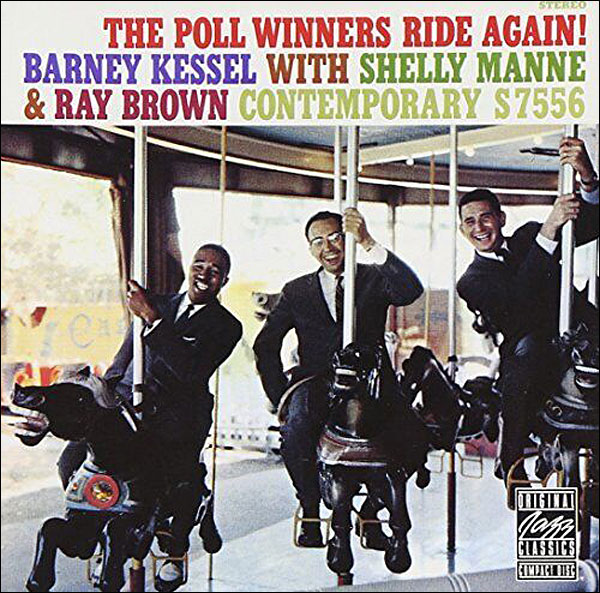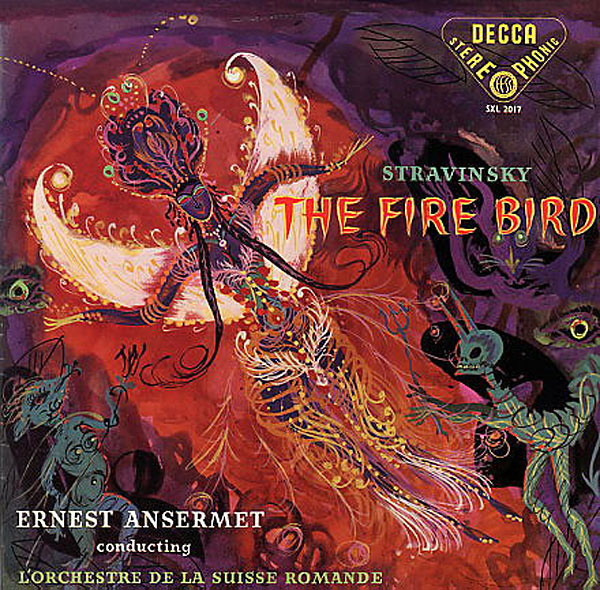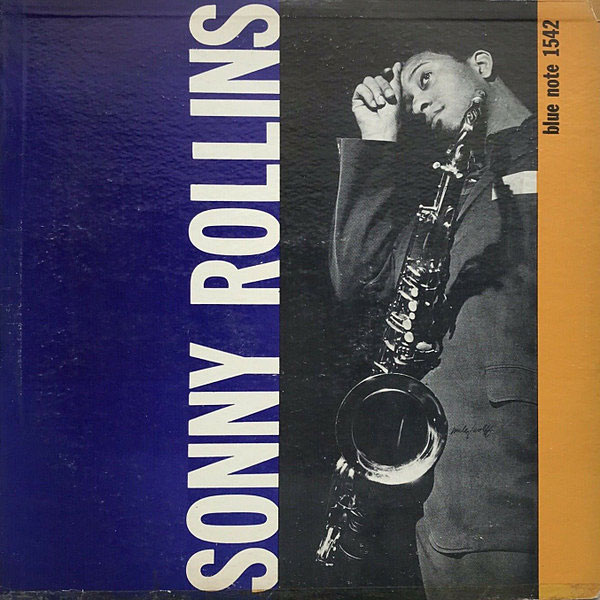| Columns Retired Columns & Blogs |
Is fig.6 into 4 ohms or 8 ohms? The main text says one thing, but the image says another. Thanks.
Setup
The Tonmeister I reviewed was seen at the New York Audio Show, but it wasn't playing music there because it had been damaged in transit from the UK. After the show, it went to Audio Note technician Ben Jacoby, who made the necessary repairs; then it was sent here. It arrived at my place with the balance control reversed, but that didn't affect the Meishu's sweet sound.
I put the Tonmeister atop an Ikea Aptitlig bamboo board. I used the Audio Note UK AN-S4/M step-up transformer from my MC cartridges, into the Tonmeister's MM-only phono stage.
The amp's meager 8Wpc had no trouble driving my DeVore Orangutan O/96s, delivering smooth highs, a clear midrange that leaned toward lush, and a surprisingly taut yet rich low end. (These DeVores are nominal 10 ohm speakers with a specified sensitivity of 96dB/W/m; don't try this at home with your 82dB-sensitive, 4 ohm floorstanders.) I listened mostly, but not entirely, to vinyl. (It isn't called the Meishu CD or Meishu Stream 300B after all.)
Listening
One recent autumn evening, I came across three young folks playing laptops and a small keyboard at the corner of Bleecker and Lafayette Streets. This band's name is Your Throat. They drenched me in Mellotron-like waves, circular melodies, layers of gassy noise, and deep undertows of oily bass beats—all this from a single 12" driver in a stage-monitor wedge. I was so engrossed that I stood for 30 minutes in 40° weather, time and place suspended as I fell under their music's spell. (Did they have recordings to sell? No. A Bandcamp page? A website? Anything? No.)
The Audio Note Meishu Phono 300B Tonmeister affected me in a manner similar to Your Throat. Its performance was whole cloth, transparent, with superquiet, black backgrounds. It was texturally and tonally beautiful. Mesmerizing, providing new insight into familiar recordings, resolving previously unheard details. The Tonmeister made me do what every passionate audiophile wants to do: forget about judgment and audiophile virtues and just listen. It did that in ways that only my Shindo Laboratories components and a few other products have done, all of them lovingly crafted, small-batch music-remaking machines, the best I've heard in-house.
The Tonmeister reproduced recordings I know intimately as if I, or maybe they, were waking from a long sleep. The amp's transparency, to tube-choice, sources, and recordings, rendered from every vinyl LP what sounded to me like original intent—what the musicians, producer, and mastering engineer conceived in the studio—though I realize that's impossible to know. What I'm sure of is that each recording I played through the Tonmeister had more depth, physicality, and flow than I've previously heard from any variation of my Greenwich Village rig. I've had this kind of transcendent listening experience only in a few select rooms at audio shows and friends' systems.
"Having listened to this audio combo system myself," noted my listening buddy, hi-fi scholar and technical whiz Steven Cohen, "what I can say is that this system served the music exceedingly well. That's why we'd keep coming back to listen more, and in a sense, that is the point of having such a well-balanced system, that it naturally gives you a great shot at hearing what the artists and producers intended, and then some." Exactly. Well said.
I could continue to blather about the Tonmeister's macroscale charms, its rich tonality, its ability to cast a sweeping soundstage, its force, potency, energy. But the devil is in the details, so here are a few of those.

My 1958 pressing of The Poll Winners Ride Again! (Contemporary S7029) is a tone-saturated, superimmediate performance captured brilliantly by engineer Roy DuNann. This LP always sounds fantastic, with flow, swinging dynamics, and abundant detail. Via the Tonmeister, Shelly Manne's drums and cymbals bristled with texture and energy; Barney Kessel's sometimes corny guitar escapades were physical and unruly; Ray Brown's upright bass filled my room, bowing and blooming beyond the speakers, right into my stomach. I felt and heard the full span of Brown's instrument, in both frequency and dynamic terms.

L'Orchestre de la Suisse Romande's performance of Stravinsky's The Firebird (Speakers Corner/Decca SXL 2017), conducted by Ernest Ansermet, walloped me with a dense, swirling wall of sound, its large soundstage populated by visceral, nearly-3D images. I was riveted by the orchestra's every nuance, the subtlety and emotion of the piece, from those ominous strings and gentle percussion (emanating from the Meishu's dead-quiet background) to the textural shading of each instrument in space. It captured the essential mood and message of every recording.

Another exceptional recording, tenor saxophonist Sonny Rollins's Volume 1 (Blue Note BLP 1542), is a rambunctious workout by Rollins, trumpeter Donald Byrd, pianist Wynton Kelly, bassist Gene Ramey, and drummer Max Roach. On "Decision," the Tonmeister captured Rollins's pungent tone and Byrd's buttery textures right down to the spit blowing through the instruments, live sounding, immediate, and layered in ambient space. Ramey's bass was taut and full, his fingers almost visible as they scaled the strings. This recording sounds like live music, bouncing off the walls of Rudy Van Gelder's Hackensack studio, but that sense was amplified by the Tonmeister.
A final observation: the Tonmeister doesn't do air. There's no sense of diaphanous treble breathing a halo of iridescence around instruments or voices. I didn't miss it: It may not do air; instead it does flesh. As is surely clear if you read this far, I found the amplifier's rich, brawny, physical reproduction more than satisfying.
But then, I'm used to it: My Shindo Labs amplifier and preamp don't do air, either. The Tonmeister is more resolving than my Shindos, has tighter low end, and is more transparent than my tubed Shindo separates. It's just as communicative as the Shindos. None of them do air.
Conclusion
I only talked about vinyl, because I had my best experiences with vinyl. But I also used the Meishu with my HoloAudio May DAC. The combination was rich and fluid and brought me many hours of musical satisfaction and surprise.
In 2011, Art Dudley wrote in his review of the Audio Note Jinro integrated of "an abundance of that often-noted-yet-never-explained 'SET sound' that allows solo voices and instruments to stand musically and spatially proud of the rest of the mix." That, certainly, is part of what I heard with this Meishu amplifier. It framed every recording within its unique space with meatiness and viscosity, drive and dynamics, deep tone and texture.
Words fail to express the satisfaction I derived listening to music through this expensive Audio Note integrated amplifier. I've got nothing bad to say about it—except for the air thing, if you care about that. I detected no (other) anomalies, artifacts, sonic peculiarities, or outright shortcomings. The Tonmeister, together with the Audio Note SUT I auditioned it with, took what I hear from my vinyl collection and made it better, portraying each performance as a singular, unique event occurring at a particular time and place, its secrets revealed.
If there's a better integrated amplifier in the world than the Audio Note Meishu Phono 300B Tonmeister, I haven't heard it yet.

Is fig.6 into 4 ohms or 8 ohms? The main text says one thing, but the image says another.
It's 4 ohms. Sorry for the error. I have corrected the fig.6 caption.
John Atkinson
Technical Editor Stereophile

An embarrassing set of measurements. This is an effects box, nothing more. It’s audio alchemy, not audio engineering.

...who's dabbled in things such as this component will immediately pick up at least half a dozen specific references in Ken's review as absolutely indicative of it's musical truthfulness. They connect and it connects.
We call this direct confirmation of the form and type and the very reason they exist.
How precious of you - commenting as Bonsai, ironically - to miss every last one of them. Back to your $499 cookie-cutter import.
Is this a free service you offer, this remarkable ignorance of not just that sonic form and style but somehow too its Japanese provenance, and is there a monthly newsletter? LOL.

The component is exactly like a bonsai tree in it's meticulous parts choice and placement, and it has been clearly 'trimmed' over time to produce beauty in several definitions of the word.
But nope, just the measurements matter. lol.

I'm well qualified to comment on the Audio Note stuff - not this specific piece of equipment, but the certainly the Audio note sound. I wandered into their demonstration room at a show I was participating in and even met brand ambasadoe Vincent (I bought his record as well :) ). Its nicely made it that type of thing floats your boat, but I really failed to see what all the fuss was about.
In the other hand, I listened at length to a big Nelson Pass amplifier driving a pair of KEF's and that was stunning.
Both idiosyncratic designs (one zero global feedback, the other 'low' feedback), but only one hit the spot.
I have no problem with people selling expensive gear, but, I have a serious problem with people who diss equipment out of hand without having heard it, or who claim feedback is bad. That is fundamentally flawed in my book.

and qualify them more accurately.
Your two sentence remark comes off completely flip.

Buy your astoundingly accurate, measurement perfect but ugly and dry sounding and oh so boring Benchmark or Topping crap. Enjoy using your radio shack lamp cord speaker wire with them too.

piece of work, John A doesn't give this a thumbs down engineering wise. More importantly, you tone deaf musical genius know it all, this is all that matters: "It may not do air; instead it does flesh. As is surely clear if you read this far, I found the amplifier's rich, brawny, physical reproduction more than satisfying."

What's wrong with effects box? If that's the sound certain people want, that's what they will get. I treat audio like food, you get the flavor you want and you pay for it, however expensive if you can afford it. If you want flavorless food, that's okay too.
I like looking at measurements myself and think they are important but it is to find the kind of measurements I prefer so I don't even need to read the subject reviews with their pornographic flowery prose as they don't meant much to me. Noise would be one example the subjectivists and objectivists can agree on: the lower the better. Basically I want everything to measure well, except benign harmonic distortion as long as it's pleasing to the ears without being grossly noticeable.

Is a wonderful description for such a magical musical sounding amplifier. ;)

Fig 3: is it a square wave @1 Khz (text) or @10 Khz (graph)?
Curious: this is perhaps the worst ever measured integrated I have seen in Stereophile,... but at the same time the word's best integrated according Ken. Clearly there is something measurements are not capturing... are you listening... err.. reading, Amir?

The thing is that clown has a horde of groupies, some of his followers making as aberrant and outrageous "tests" as the one done with Hegel, as the MQA case clearly demonstrates (which was as ignorant and evil-minded as it can possibly be), with even guys as Paul Gowan citing that clown act as a "engineering" proof of the alleged faults of the format... omg...
These ASR guys are dangerous (the damage they did to MQA is immense I think), and that's the whole point they do it I guess. What a deception that even Darko put one of them with his serious, phony voice on stage recently...
That aside, I can't find any possible justification for a 8 watt amp (or should I say a less than a watt amp?) to be priced at 20K US$. I hope Stereophile or TAS remind there is also normal people and not only Musks and Brins reading their wonderful magazines.

Thousands if not millions of Boomers retiring have copious funds for an end of life system.
Many high-sens speakers can run with this amp just fine. If it is music that this generates, then damn the specs.
There is not one poster in this review response that can tell Audio Note they are full of it or implement poor engineering.

I'm not an Amir groupie myself (I prefer George and Ringo).
But since you raise the issue, the natural response, thought-experiment-wise is the question:
Do any of the Stereophile editors/writers/reviewers have groupies?
I need not provide an answer, since this question answers itself.
Former SP writers J Gordon Holt and Mikey Fremer both had groupies. (OK, I guess one has to distinguish between Fremer's groupies and his haters; that math is too complex for me.)
But no one currently associated with SP. (The one exception I would say is JA1. I don't think he has groupies, per se, decent bass player though he might be. But he is widely respected, not only here but at all the forums regularly denigrated here.)
Anyway, so one must ask oneself, why is this the case? Why are there no personalities at SP who inspire more than a "meh" level of excitement/interest/devotion?

That's a 10KHz square wave and for a tube amp it's quite decent. I would have a problem if that's 1KHz though. As long as the corners are rounding off smoothly the sound will be pleasing to the ears. Some like it and some don't. I think it's fine but I am not fine with the price tag though.

... it could replace my old Ibanez Screamer, probably my old strat would not feel the difference

I see the faithful have rushed to defend this product. Clearly I seemed to have touched a nerve.

that was simple troll-ery.

This paragraph is quite confusing:
"The phono, filament, power board, and the PSU board are all point-to-point wired in the Meishu Tonmeister," Greguras added. [Point-to-point wired boards? What does that mean? And what do they mean by power board if they also mention PSU board?] "This technique [Which technique? If they refer to "point-to-point" wiring of PCBs, how is that a means to control board material, etc?] allows us to control the board material (FR4, Tufnol, Permali), the thickness of the board material—copper or silver— [Likely trace material, not board, right?] which can be from 0.5mm to 1.2mm. We achieve solid electrical connection by twisting a wire around resistor or capacitor leads and valve bases so a board can even work without a solder. [I actually understand this, I just can't really see the point of doing this. Probably there's an explanation, would have been nice to know.] Then the components are soldered in position. We use printed circuit boards in our amplifiers up to [but not including] level 3, because it is definitely much easier to populate them; but even then, we pay special attention to a copper thickness, FR4 board thickness, and the width of the traces." [It's been already described in this very same paragraph that they pay special attention to their PCB layout, build-up and material, so this is redundant. And frankly, there's nothing extraordinary in this, it's just standard, good engineering practice, true for all high quality/high reliability electronics.] This Meishu Phono 300B Tonmeister is a level three component, with no printed circuit boards. [And yet in the photos all components are mounted on PCBs with the exception of the transformers...]
As for the overall review: Since there is one single sentence describing listening experience other than MC vinyl, the title really should read Meishu with S4 SUT, especially since that little add-on at around 6k USD constitutes a significant portion of the cost of the amplification system.

One of these days I'll see an SET review where the writer won't describe the amp as single ended class A as if there is such a thing as single ended class A or even single ended class AB. Those last two formats can not exist. Non class A SET is impossible. A single ended amp never turns off it's output device(s). If it did the amplifier would stop amplifying. An SET is class A inherently due to single ended topology.

Yes. As is much of the review. Imaginative descriptions of sound which seem to have no relationship with reality. One feels that the reviewer must have dropped acid before listening. But the component is very expensive. That must be the explanation.

...Harper, paraphrased:
Why, your imaginative descriptions of flavor have, by the blazing lights of my infallible mind-reading, no relationship with reality. Surely the imaginary crowd in my pocket agrees that the reviewer must have dropped acid before dining. But the meal is very expensive, which to my jeenyus has to be the only conceivable explanation.
Entia non sunt multiplicanda praeter necessitatem, Little David.

"On the outside, the Tonmeister's facade includes four gold-plated control knobs labeled function (tuner, aux, CD1, CD2), record (source, tape), volume, and balance" and what about more Your Throat?